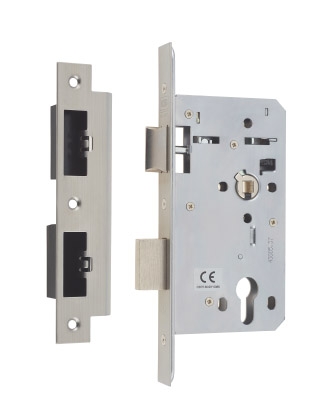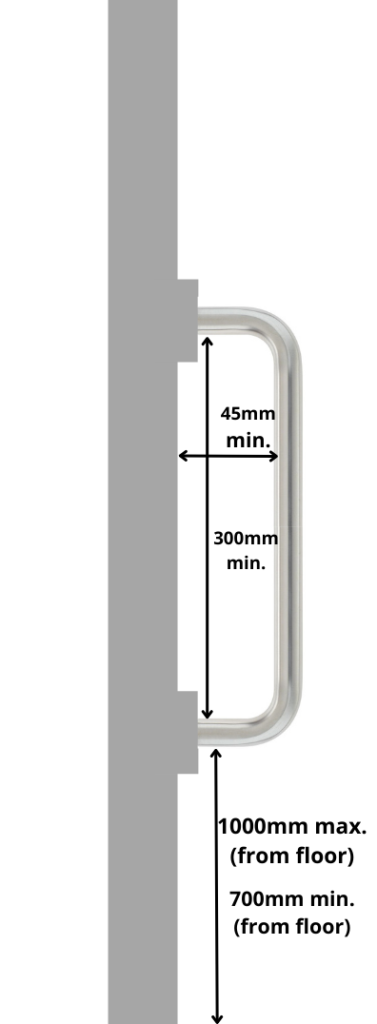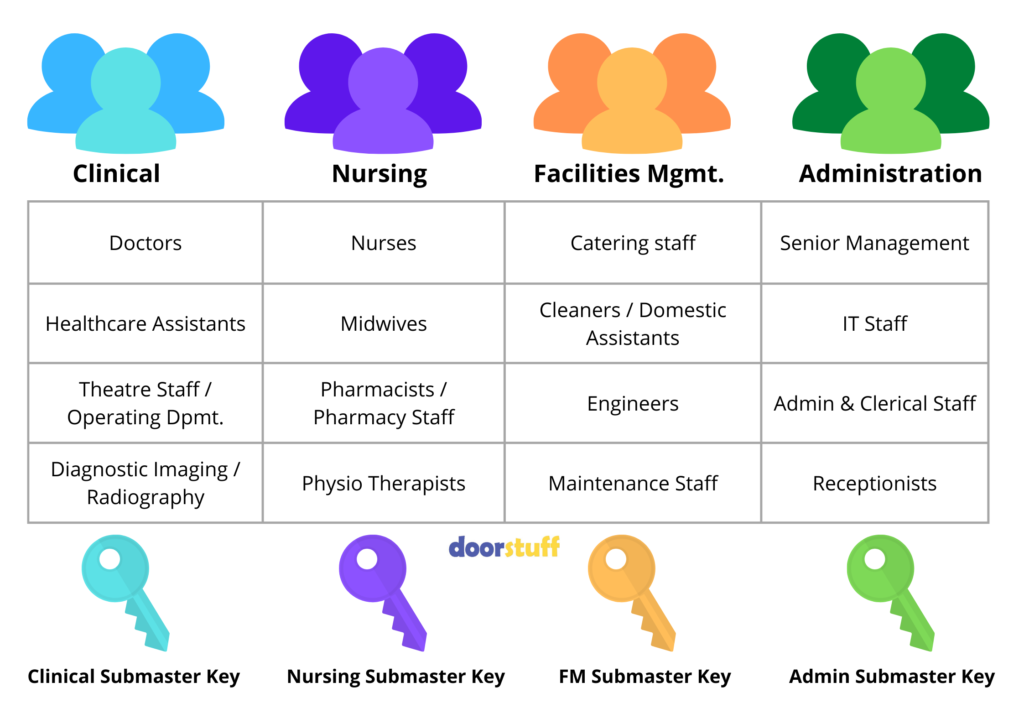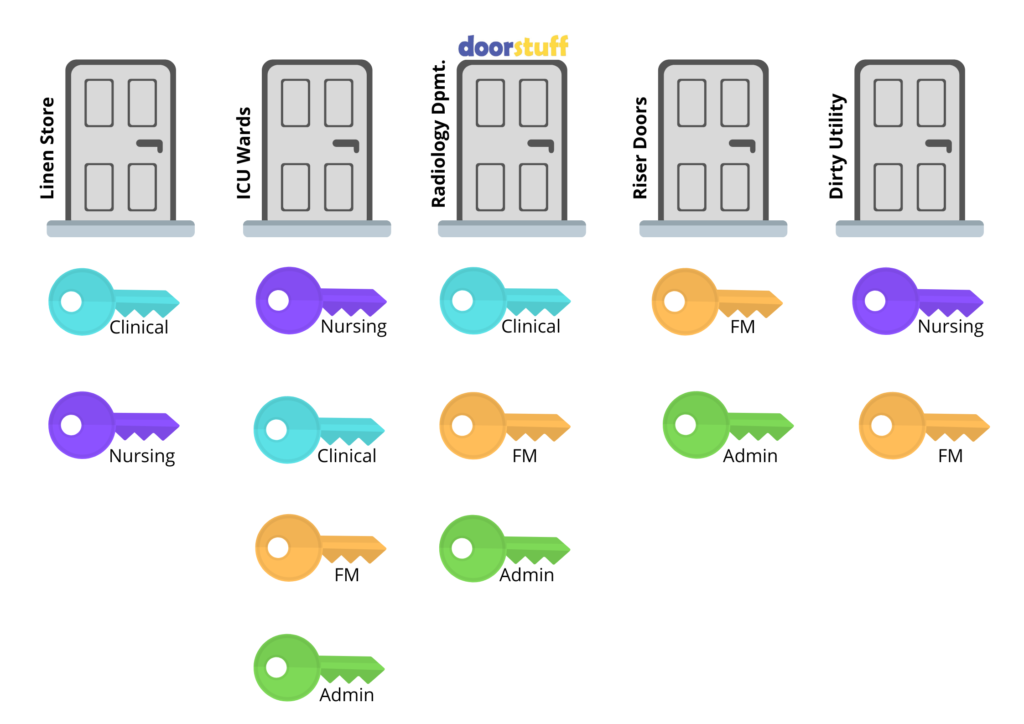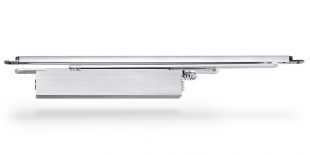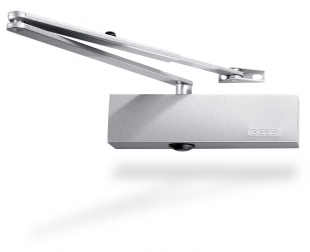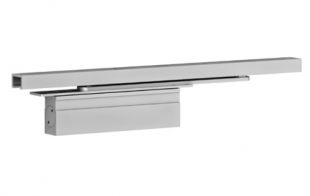What are the types of door handle? There are three main types of door handles which we will be looking at, as well as some other handles which are not as commonly used.
Lever Handles
A lever handle is one of the most commonly used types of door handles, along with doorknobs. They are mostly used in houses, public buildings and commercial buildings. These handles come in many different shapes and sizes, so it is easy to find your desired door handle. There are two main types; lever handles on back plates, or a lever handles on roses, which is essentially a circular plate on which the lever handle is mounted. A concealed rose is one where the screw fixings are hidden by a cover.
Levers are regarded as the easiest to fit and operate. They often come under the Equality act (as they are disability friendly) they are also the most popular type of door handle. Due to the shape of a lever handle, it is common for lose clothing to get caught, which could result in a tear, however, it is also a risk for people to catch their knuckles when using doorknobs, if the knob is not set back into the door. Some lever handles can get clothing caught, our return to door style lever handles will avoid this.
Doorknobs
Doorknobs are the most traditional door handle. Similarly to lever handles, doorknobs come in many different sizes, shapes and colours. They are often found in older buildings. They are not considered as easy to fit as a lever handle, however they are simple to operate, and when fitted correctly you should be able to turn the knob both ways with ease. Some people believe that doorknobs don’t naturally give us much grip as lever handles, and choose to opt for an oval shaped knob which can provide more grip. Doorknobs do not require as much maintenance as lever handles do. This is because they do not contain a spring which keeps the lever handle in the horizontal position.
Pull Handles
A pull handle is a type of door handle which supports a pulling motion without a turn needed. A common example of a pull handle could be a wardrobe door. Pull handles can also have different features, for example load rated pull handles, which are designed to support a minimum amount of weight. Like lever handles, some pull handles are on a back plate and some are on a rose, or two roses (one at each end.) However, some have internal screws and do not require either a rose or a back plate. Door pull handles are common in public buildings such as hospitals, schools and office buildings. They can be used on any other doors without a latch.
Anti-Ligature Door Handles
Anti-ligature door handles are specially designed for safety. Anti-ligature simply means that no fabric or material of any kind can be looped through it to create a ligature point. These door handles and doorknobs are quite common in mental health settings such as psychiatric wards and mental health hospitals, as they limit the possibilities of personal harm.
Flush Pull Handles
Flush pull handles are often used on sliding doors, they are cut, flush, in to the door so that the door can easily slide without scratching or damaging the handle or the wall/pocket.
If you have any questions please do not hesitate to contact us at info@doorstuff.co.uk or pop a comment down below.

